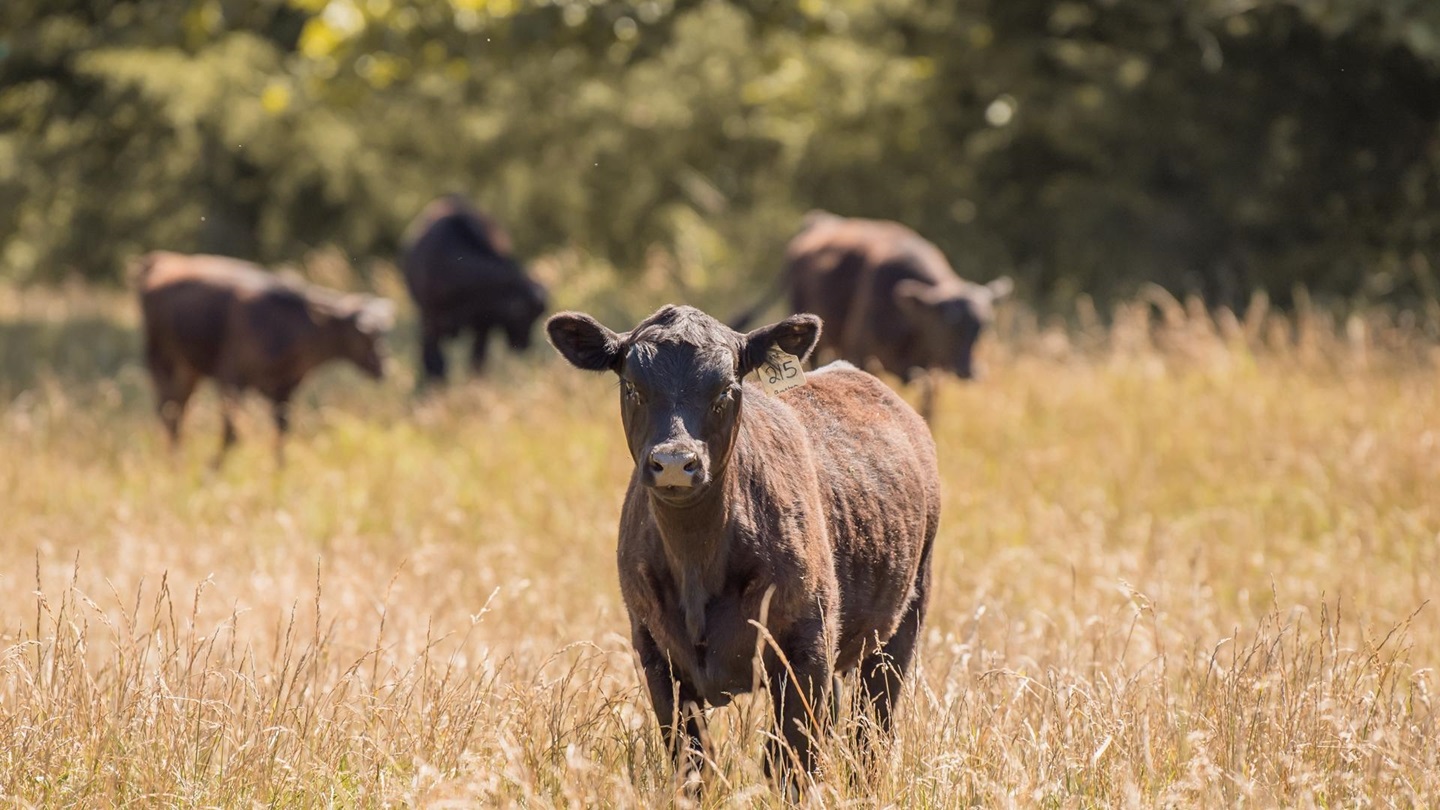AMERICAN ANGUS ASSOCIATION - THE BUSINESS BREED
- Home
- Angus Media
- Angus Journal
- Hair Shedding Scores
Shedding Layers: Hair Shedding Scores
Accurately collecting hair shedding scores can greatly benefit Angus breeders.
By Megan Silveira, Angus Journal Managing Editor
May 21, 2025

As the sun holds its place in the sky longer and the temperatures begin to rise, people across the country find themselves peeling off the jackets and scarves of winter to enjoy the spring and summer months.
This rings true for the way cattle shed hair in the warmer seasons, as well.
“Hair shedding is a trait that evaluates the animals’ ability to tolerate heat,” says Esther Tarpoff, director of performance programs at the American Angus Association. “In heat stressed environments or areas with fescue, the ability for an animal to shed the winter coat early in the season can impact production and efficiency.”
Research suggests a negative correlation exists between body condition score (BCS) and hair shedding. This simply means the longer a cow maintains her winter coat, the more her overall body condition can decrease.
The effects of the hair shedding trait reach beyond the cow herself, however.
“If a cow is spending her energy to maintain her own body temperature, that energy is not being put into other areas of production such as milk production,” Tarpoff adds.
Cows that keep more of their winter coats may wean a lighter calf — a scenario that doesn’t bode well for a producer or their operation’s profitability.
In order to better help cattlemen and women capitalize on this trait, the American Angus Association developed a hair shed EPD, where cattle receive a score on a 1-5 scale.
A score of 1 is 100% shed out, no winter coat remaining. A score of 2 represents 75% shed and only holding hair around the flanks and belly. A score of 3 represents 50% shedding, where we see hair lost along the top line and down the brisket. A score of 4 represents 25% shed out, so the winter coat has been shed from the head and the neck. A score of 5 represents a 0% shed, so the animal is still carrying a full winter coat." — Esther TARPOFF, Director of Performance Programs
Cattle need be at least in the yearling age window for scores to be collected, and these scores should be collected every year.
Tarpoff recommends scores be collected in the late spring (typically from May to June), as this is when the most variation in hair shedding can be seen in the herd. She says variation in the herd’s shedding is crucial.
“If all animals are still in a full winter coat or totally slicked off, there is no variation in scores,” she explains. “Those scores cannot be used in the genetic evaluation.”
Topics: Association News , EPDs , Genetics , Member Center Featured News , Record Keeping
Publication: Angus Journal

